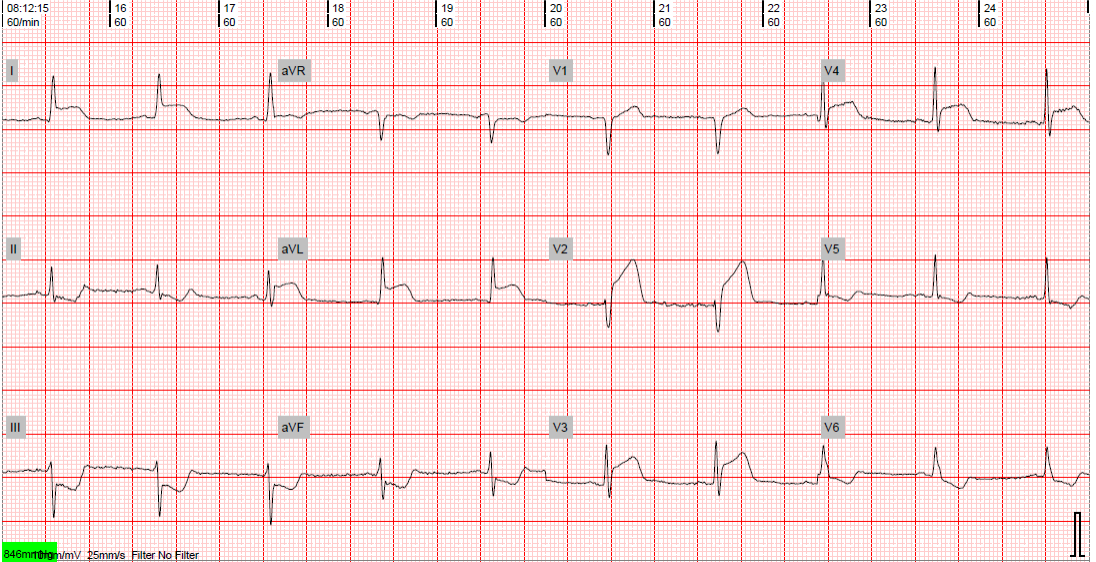Ten Minute Tracing (TMT): Improving First Medical Contact to ECG Time in Manitoba
An electrocardiogram (ECG), a heart tracing, is the first step in diagnosing a heart attack. Canadian and international guidelines recommend an ECG within 10 minutes of first medical contact (FMC) for patients with suspected heart attacks. Yet across Manitoba, ECG times remain far above this standard, with most hospitals reporting average times of 24–30 minutes - and some exceeding 40 minutes. These delays mean missed opportunities for early diagnosis and treatment of life-threatening heart attacks.
The Ten Minute Tracing (TMT) initiative, led by the Manitoba ACS Network, was launched to measure, understand, and improve FMC-to-ECG (F2E) times across the province. Early data from seven emergency departments and urgent care centres showed wide site-specific variation and prolonged F2E times. This highlighted the need for structured, site-level quality improvement rather than passive awareness.
Over the last 2 years, the Manitoba ACS Network has worked with 3 hospitals. The TMT campaign piloted practical changes such as staff education, technician responsiveness protocols, and empowering registration clerks to call for ECGs immediately. These simple but powerful steps reduced average F2E times from 31 minutes to below 10 minutes at 2 hospitals, sustained over more than a year. Importantly, these gains were achieved without hiring extra staff or increasing ECG volumes, proving that low-cost process redesign can drive lasting improvement.
What’s Next
The TMT campaign will expand province-wide, adapting the successful model to other emergency departments. By sharing best practices and supporting local teams, the Manitoba ACS Network aims to make 10-minute ECGs the standard across Manitoba.
How You Can Help
Your donation will support data collection, staff training, and quality improvement initiatives that bring TMT to hospitals across the province. With your help, we can ensure every Manitoban with chest pain gets a timely ECG, paving the way for faster diagnosis, earlier treatment, and better outcomes after a heart attack.




